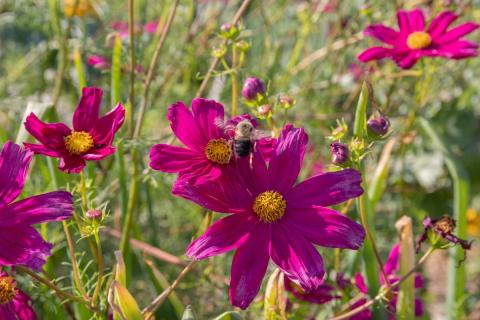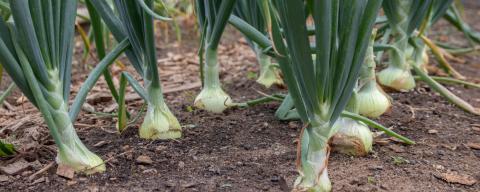New 2023 USDA Hardiness Zones Explained
What’s new for 2023
The USDA has just released its updated plant hardiness zone map for the United States. This new map is based on 30-year averages of the lowest annual winter temperatures and aims to provide guidance on what perennial plants will likely survive winter low temperatures in different parts of the country. There are several updates for 2023. There are now two new zones (12 and 13) that only appear in Hawaii and Puerto Rico. More significantly for us here in New England, the new map now includes more recent data from 1991 to 2020 as compared to the 2012 map, which used data from the 1970s only up until 2005. The map now includes data from many more weather stations as well – from 7,983 for the 2012 map to 13,412 in the newest version. This means that it is more precise and accurate than ever, and it also contains the much more recent weather data.
A Warming Trend, But It’s Complex
Interestingly, about half the country is seeing a half-zone increase in hardiness zone. In the USDA’s recent press release, they stress that the change in hardiness zones is “…not necessarily reflective of global climate change because of the highly variable nature of the extreme minimum temperature of the year, as well as the use of increasingly sophisticated mapping methods and the inclusion of data from more weather stations.” Additionally, they note that “These national differences in zonal boundaries are mostly a result of incorporating temperature data from a more recent time period,” suggesting that despite using a very limited measurement (the 30-year average of the annual lowest single temperature for a given place), it is still showing an increase in the average of the low temperatures for much of the country.

What The New Map Shows, And What It Doesn’t
The evidence is clear that a changing climate is upon us, but it’s important to make a distinction between short-term weather data that often has significant variability and long-term climate trends, which are only understood by analyzing an immense amount of data from decades or even centuries. The purpose of the USDA Plant Hardiness Zone Map is limited in scope and thus only incorporates a limited amount of data from a relatively short 30-year period. While we may see the signs of climate change in a data set such as what goes into the hardiness zone map, it is far too limited to make more sweeping claims about general climate trends.
Global Climate Change and What We’re Seeing in New Hampshire
One thought-provoking visualization that depicts how global temperatures are rising was released by NASA and shows global average temperatures using data from 1880-2022. This incorporates significantly more data than the hardiness zone map and is a stark illustration of how climate change is affecting temperatures over a long period of time and on a global scale. Here’s a link to that graph. For a more in-depth look at how climate change is affecting New Hampshire specifically, we recommend reading the NOAA National Centers for Environmental Information 2022 State Climate Summary. This report provides a comprehensive picture of how temperatures and annual precipitation have been increasing over the past century in our state.
If you have further questions about how the changing climate might affect your garden, you can call the UNH Extension Infoline at 1-877-398-4769, email us at answers@unh.edu, or visit our website at www.extension.unh.edu/agriculture-gardens/yard-garden.
Do you love learning about stuff like this?
SUBSCRIBE TO Granite State Gardening newsletter
Got questions? The UNH Extension Yard and Garden Infoline offers practical help finding answers for your yard and garden questions.
Call toll free at 1-877-398-4769, Monday to Friday, 9 a.m. to 2 p.m., or fill out webform.

